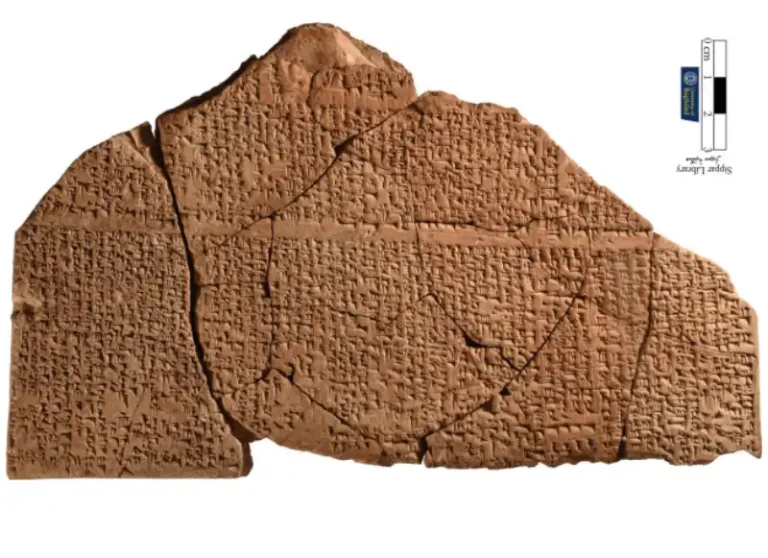Egyptians drank hallucinogenic cocktails in ancient rituals.

A professor from the University of South Florida has uncovered groundbreaking physical evidence of hallucinogens in an ancient Egyptian mug, confirming historical records and long-standing myths about Egyptian rituals. Using advanced chemical analysis, Davide Tanasi examined one of the few surviving “Bes mugs,” a type of vessel associated with ancient Egyptian traditions.
These mugs, like the one donated to the Tampa Museum of Art in 1984, are adorned with the image of Bes—a deity revered for protection, fertility, healing, and magical purification. Published in Scientific Reports, the study offers fresh insight into the enigmatic use of Bes mugs nearly 2,000 years ago, revealing their role in ancient ceremonial practices.
“There’s no research out there that has ever found what we found in this study,” Tanasi said. “For the first time, we were able to identify all the chemical signatures of the components of the liquid concoction contained in the Tampa Museum of Art’s Bes mug, including the plants used by Egyptians, all of which have psychotropic and medicinal properties.”
The widespread presence of Bes mugs across various contexts and time periods has long complicated efforts to determine their contents or roles within ancient Egyptian culture.
“For a very long time now, Egyptologists have been speculating what mugs with the head of Bes could have been used for, and for what kind of beverage, like sacred water, milk, wine or beer,” said Branko van Oppen, curator of Greek and Roman art at the Tampa Museum of Art. “Experts did not know if these mugs were used in daily life, for religious purposes or in magic rituals.”

The enigmatic nature of Bes mugs and vases led to numerous theories, many based on myths, but few were rigorously tested to uncover their precise contents—until this groundbreaking study methodically unraveled their secrets.
As part of the Mediterranean Diet Archaeology project, spearheaded by the USF Institute for the Advanced Study of Culture and the Environment, Davide Tanasi collaborated with USF researchers and partners from Italy’s University of Trieste and University of Milan. By analyzing a pulverized sample scraped from the vase’s inner walls, the team applied a pioneering combination of chemical and DNA analysis techniques to identify its last contents.
This innovative approach revealed a complex mixture of psychedelic substances, bodily fluids, and alcohol—likely used in a magical ritual reenacting an Egyptian myth, possibly linked to fertility. The concoction was further enriched with honey, sesame seeds, pine nuts, licorice, and grapes, ingredients chosen to give the beverage a blood-like appearance, aligning with ancient ritualistic symbolism.
“This research teaches us about magic rituals in the Greco-Roman period in Egypt,” Van Oppen said. “Egyptologists believe that people visited the so-called Bes Chambers at Saqqara when they wished to confirm a successful pregnancy because pregnancies in the ancient world were fraught with dangers.
“So, this combination of ingredients may have been used in a dream-vision inducing magic ritual within the context of this dangerous period of childbirth.”
“Religion is one of the most fascinating and puzzling aspects of ancient civilizations,” Tanasi said. “With this study, we’ve found scientific proof that the Egyptian myths have some kind of truth and it helps us shed light on the poorly understood rituals that were likely carried out in the Bes Chambers in Saqqara, near the Great Pyramids at Giza.”






